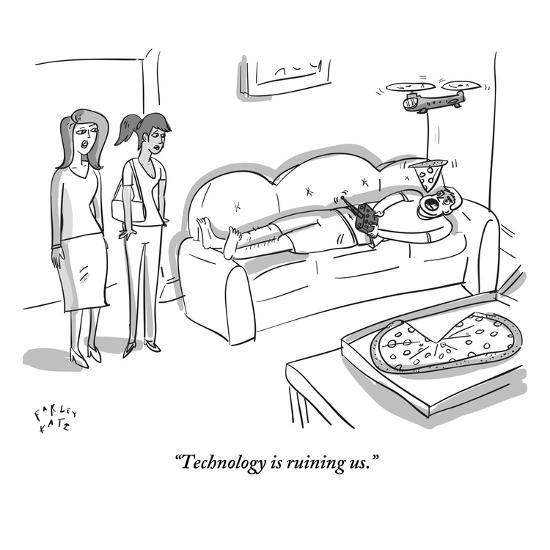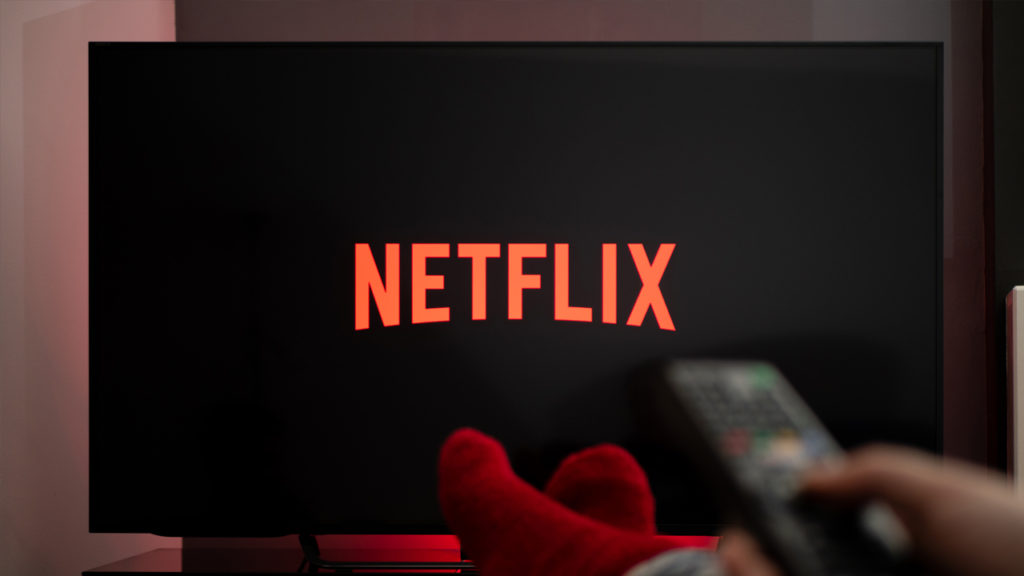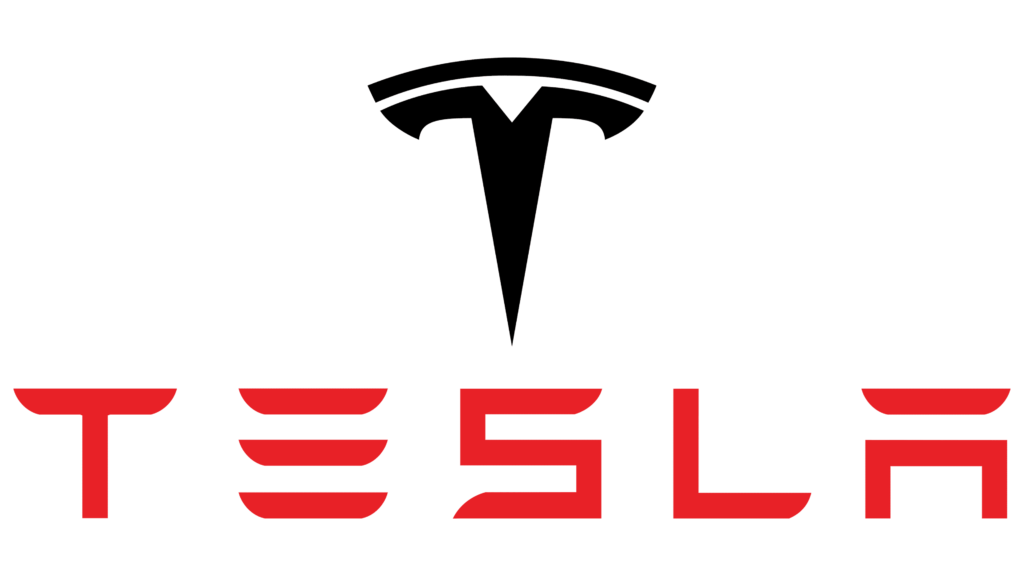Netflix is a television company using tech as a crowbar for market entry. The same applies to Tesla. Yes, the tech has to be good, but it’s still fundamentally a commodity.

2 May 2022 – This past weekend I posted “Plutocrats and media control, Elon Musk’s sludge, and the loss of the public square and freedom of speech” (I know, catchy title) which is a (partial) look at technological change and the fortunes it has created which has given a small club of massively wealthy individuals the ability to play arbiter, moderator and bankroller of not only the information that feeds the world’s discourse but also the architecture that undergirds it. You can read the post by clicking here.
I also looked at the concept of the “public square” (not Twitter; that’s a gladiatorial arena) and how the current fight is over attention and reach, and not “free speech” but “freedom of reach”. It is a work-in-progress (snippets from about 4 years of notes and observations). It was one of most-read posts, with great social media metrics, and generated a nice stream of comments and reflections from readers.
SIDE NOTE TO NEW READERS: in this magical dispersion of creativity over the last 4-5 years, the continuing Cambrian Explosion of virtual spaces, this “Passion Economy” where people monetize what they love, I am pretty far down the food stream. I do copy the business model of Benedict Evans, Kevin Kelly, Helen Lewis, Casey Newton and Ben Thompson (I only mention the Big Fish) who follow the “True Fans” vision where a blogger creates a base of 100 (or even 1,000) subscribers paying $100 a year for her/his musings. The folks I mentioned above are in the stratosphere with 10,000 to 100,000+ paid subscribers. But they also have a category for free subscriptions, which is “blog lite”.
I am a weeee bit lower on the ladder with just over 1,500 paid subscribers, but wonderfully varied, across the overlapping domains I have covered for 25+ years: cyber security, digital/mobile media, software development and legal technology.
A number of readers responded to my Musk/Twitter post linked above and noted the level of influence of Bezos, Musk, Zuckerberg, etc. could almost be predicted if you look at the “labyrinthine path of technology’s progress” – actually quoting the subject of my three end-of-the-year essays last year about transformational technologies (and one very transformational company) that will take us into the next decade and maybe beyond. One reader asked me to reflect on the “true power of tech companies like Netflix and Tesla.
Umm … hold on there, young fella. A little “tech” history.

Waaaaaaay back in 1992, just as the “Internet” was starting to sound interesting, a company in the UK used technology to disrupt television. Rupert Murdoch’s Sky realized that you could buy football rights for far more than anyone had ever thought of paying before, and you could make your money back by selling the games on subscription instead of pay-per-view or advertising, and you would be able to deliver that subscription using encrypted satellite channels. This was a big deal, both for Sky and for the UK Premiership league, and it was the beginning of something much bigger. If you had an opportunity to watch the recent BBC series on Murdoch you’ll know all the gory details of how he transformed the industry, including the later payoff deals like the one in 2010 when UK Prime Minister David Cameron cut a deal with Rupert to further expand the Murdoch empire.
Sky used technology as a crowbar to build a new TV business. Everything about how it executed that technology had to be good, and by and large it was. The box was good, the UI was good, the truck-rolls were good, and the customer service and experience were good. Unlike American cable subscribers, Sky subscribers in the UK are generally pretty happy with the tech. But it’s still all about the TV. It’s not about tech. If Sky had been showing reruns of MASH and I Love Lucy no-one would have signed up. Sky used tech as a crowbar, and the crowbar had to be good, but it’s still a TV company.
You need to look at Netflix in very much the same way today. Netflix realized that you could spend far more money on far more hours of scripted drama than anyone had ever spent before, and you could (hopefully) make your money back by selling it on subscription directly to consumers instead of going through aggregators, using a new technology, broadband internet, that both gave you that access and made it possible for people to browse that vast selection of shows. And like Sky, Netflix has built a huge business.
NOTE: Yes, it has had a few recent bumps, most recently announcing it lost about 200,000 subscribers. But it still has 220 million+ subscribers. What it really lost was the mythology around it. Netflix will still spend around $20bn on content this year, which is more than any of the U.S. incumbents will spend, excluding sports rights. (FYI: it’s also 5x more than the combined budget of all the UK broadcasters).
Like Sky, Netflix has used technology as a crowbar to build a new TV business. And, like Sky, everything about how it executed that technology has to be good. The apps are good, the streaming and compression are good, the UI is good, the recommendation engine is good, and the customer service and experience are good. Unlike American cable subscribers, Netflix subscribers are generally pretty happy with the tech. Again, the tech has to be good – but, it’s still all about the TV. If Netflix was only showing reruns of Frasier and Ally McBeal no-one would have signed up. To repeat: it used tech as a crowbar, and the crowbar had to be good – but it’s actually a TV company.
An interesting word to think about here is “commodity” which I tend to throw around a lot. It’s challenging to call things like “user experience” or indeed “software” commodities, especially when talking to people who work in software. These are certainly not easy things to do, and when incumbents from other industries try to build them (“we can just hire some techies!”) they often mess them up. But that doesn’t mean they‘re defensible, and it doesn’t mean they’re what determines success.
You can see this pretty clearly if you contrast Netflix with Hulu. The reasons that Hulu doesn’t have 200 million+ paying customers has nothing to to with its technology, which is actually pretty good, even though Hulu is owned by legacy content manufacturers. Hulu is smaller than Netflix because of TV questions, not tech questions – because of rights and channel conflict and its shareholders’ broader strategies for monetizing their assets.
In technology and business, framing is important: “what kind of questions matter for this business?” The questions that mattered for Hulu were all TV questions – “what rights will it get?” The same for Sky – “what happens to football and movie rights?” – and the same for Netflix. If you look at all of the discussions about Netflix today, every question that matters is a TV industry question. How many shows, in what genres, at what quality level? What budgets? What do the stars earn? Do you go for awards or breadth? What happens when this incumbent pulls its shows? When and why would they give them back? How do you interact with Disney? These are not Silicon Valley questions – they’re LA and New York media questions.
The more that we see new companies using software to create new businesses in industries outside of technology, the more generally this applies. In particular, I find this a useful way to look at, for example, the explosion of so-called “D2C” – companies that are creating new consumer goods and selling them online “directly to consumers” instead of going through existing retailing channels (at least to begin with). For all of these companies, it’s crucial to execute the online channel properly – the user acquisition model and funnel and browsing and shopping cart and logistics and so on all have to be good. It’s not easy to do this, and we often see legacy, physical retailers struggling. But again, executing this properly is not the same as defensibility. Selling online per se – even selling online really well – is fundamentally a commodity. Hence, one asks whether there is something unique and defensible about this company’s online channel – which would probably be some kind of network effect. Or, is this a makeup/bag/shoe/soap company, with a website? Is the online channel the crowbar you’re using to enter the market, but success is actually all about the makeup (in which case, is there something about the makeup that only tech people can do)? In other words, how much are we asking “tech” questions and how much are we asking CPG (consumer packed goods) questions? Do we even know what to ask, and who does?
Coming back to TV, there’s an irony here in the fact that the tech industry has spent decades wanting to get into the living room, get into TV, break up the cable bundle and move TV from scheduled linear to on-demand, and yet now that it’s happening, it’s happening in the TV industry, not the tech industry.
There are several things to unpack here. First, the tech industry did get into the living room, and did break out of the hobbyist niche of the PC, but the way to do that at the scale of billions of people turned out to be with smartphones, not smart TVs or games consoles or ‘interactive TV’. The actual television hardware itself is just a low-margin smartphone accessory.
Second, and perhaps more interesting, though, is the way that content has largely lost its strategic value for technology companies. When we bought content (whether music, ebooks, video or indeed VHS cassettes), we were committing ourselves to one standard or to one company’s platform, and so getting the content onto your company’s platform or device or standard was a way to get a customer and then to keep that customer. Buy a different device and you lose all the music you already bought. But now that we’ve gone to cloud and subscription, you can access the same service on any device (Netflix, Spotify, Kindle), or the same content on any service (music, books), or both. Content doesn’t stop you switching – unless it’s exclusive, and that’s a totally different budget. That changes its strategic value.
Hence, Netflix isn’t using TV to leverage some other business – TV is the business. It’s a TV company. Amazon is using content as a way to leverage its subscription service, Prime, in much the same way to telcos buying cable companies or doing IPTV – it’s a way to stop churn. Amazon is using Lord of the Rings and its MGM purchase as leverage to get you to buy toilet paper through Prime. But Facebook and Google are not device businesses or subscription businesses. Facebook or Google won’t say “don’t cancel your subscription because you’ll lose this TV show” – there is no subscription. That means the strategic value of TV or music is marginal – it’s marketing, not a lock-in.
Apple’s position in TV today is ambivalent. You can argue that the iPhone is a subscription business (spend $30 a month and get a phone every two years), and it certainly thinks about retention and renewals. The service subscriptions that it’s created recently (news, music, games) are all both incremental revenue leveraging a base of 1bn users and ways to lock those users in. But the only important question for “TV Plus” is whether Apple plans to spend $1bn a year buying content from people in LA, and produce another nice incremental service with some marketing and retention value, or spend $15bn buying content from people in LA, to take on Netflix. But of course, that’s a TV question, not a tech question.

The early 20th century was a period of rapid innovation. More than 100 years later, innovation has given way to consolidation: the automobile, the airplane, and stuff like nuclear power and computers are valued as legacy investments.
Tesla isn’t. The company’s value confuses observers because they’re trying to think of the firm in 2020 terms. They should be thinking of Tesla in terms of the radical innovations of the early 20th century. For roughly the past five years, as Tesla’s stock has fluctuated wildly, plunging to $150 but rocketing to over $1,000, the debate about what’s going on has typically been framed as “Tesla the tech company” versus “Tesla the car company”. Numerous bulls argue that Tesla is, in fact, an innovative tech firm — a new Apple — that merits a Silicon Valley valuation. Bears counter that Tesla is, at base, a car company and should, someday, be valued accordingly.
It is a car company, a company (once again) using tech as a crowbar for market entry. Tesla is a throwback — but a throwback squarely aimed at the future. For various reasons, what it’s doing is reminiscent of the nascent businesses of the early 20th century. Yes, it will routinely be called a tech company, especially by supporters in Silicon Valley, because Tesla is based in Silicon Valley. And it is because it makes pricey all-electric cars popular among the tech elite, and has restyled the automobile as a dynamic software platform.
But it is a car company and (almost) all of Tesla’s revenue comes from its vehicle business. Hard to avoid that. In fact it is more of an integrated energy conglomerate. Electric vehicles are one line of business. Solar-power solutions is another, following the acquisition of SolarCity in 2016. Then there’s energy storage, based on Tesla battery tech, which is an additional enterprise. It is a design-and-engineering operation. Code is cool, and Musk is adept at talking that talk. But Tesla most significant achievement is in creating a viable market for electric vehicles, a century after they lost out to internal-combustion-engined cars.
One problem was the idea that Tesla as a technology company gained credibility in 2013, when its stock price shot up by 382.5% within a single year. Publications scrambled to find similarities between companies from the technology sector, which had similar growth rates, and Tesla. Online publication Slate even ran a piece that compared Tesla to Apple and Alphabet (Google). And Tesla’s valuation in the markets increased despite its history of reporting losses. Many tech companies have sported high valuations despite generating losses.
Tesla also adopted the disruption credo of the tech sector. Much like other tech companies, Tesla was intent on changing existing business models within the stodgy automotive industry by selling directly to consumers. Its product pipeline and founder evoke loyalty and frenzy similar to those for iconic tech companies such as Apple.
But then things settled down and its stock movement in recent years has resembled that of an automobile company.
Plus, Tesla’s product reflects its roots in the capital-intensive automobile industry. In that respect, the company is unlike technology companies, which have high margins and low scaling costs. Tesla requires massive capital infusions to finance its production costs and will need to invest significant amounts to scale its operations. Look at the company’s recent debt offering in the markets: as opposed to diluting its equity stake it was motivated by conservative bankers who wanted to mimic the auto industry’s modus operandi.
Just another example of using tech as a crowbar for market entry.